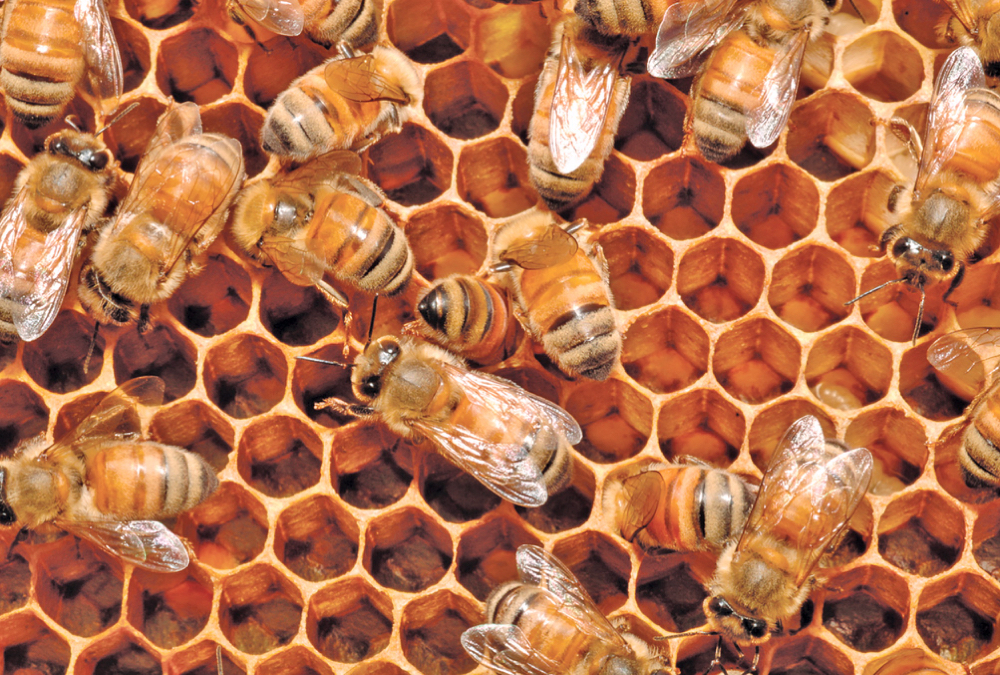Glacier FarmMedia – Manitoba’s beekeepers are once again fighting “spring dwindle,” but winter losses are closer to normal compared to last year.
“I’m not getting the absolute demoralizing reports from beekeepers,” said Manitoba Beekeepers Association president Ian Steppler. “I think we still have a high winter loss, but not as severe as last year’s.”
Why it matters: The honey industry needs a break after navigating last year’s high losses and supply issues with replacement stock.
Read Also

Producers aren’t panicking over tariffs and trade threats
The Manitoba Canola Growers Association (MCGA) surveyed its members this spring to get a sense of how trade uncertainty was…
Manitoba saw the worst winter bee losses in the country last year. A survey from the Canadian Association of Professional Apiculturists (CAPA) put 2022 mortality at 57.2 per cent, well above the national average of 45.5.
Canada’s beekeepers had a bad winter in general coming into 2022. That national average of 45.5 per cent was the worst reported between 2007-22, according to CAPA data. Average loss in that window was 27 per cent.
Provincial apiarist Derek Micholson expects Manitoba’s bee losses this year will be closer to the norm of 20 to 25 per cent.
“That’s a very good sign,” he said.
But while winter may have been friendlier, spring 2023 was not. Similar to last year, this spring was slow to get going. Cold weather clung to the province and temperatures didn’t warm past freezing in the entire month of March.
Smaller colonies do not have the “girth” to deal with that extended cold when they should be building themselves for the season, Steppler said. He expects spring losses to be much the same as last year.
However, Micholson noted that, although it was cold, the province did not see the relentless string of Colorado lows as it did in 2022. Spring dwindle might be slightly more than average, he said, but “I wouldn’t say it’s as extreme as last year. Things have been a lot drier.”
Pest issues
Steppler and Micholson both said pest pressure is a key underlying issue.
“The reason why the weather’s the issue is because the colonies are just dragged down because of disease,” Steppler said.
Early reports have noted high nosema fungal infections, an illness that impacts bees’ ability to absorb nutrients. Varroa mites, which weaken bees through parasitism and as a vector for infection, continue to be the sector’s bane.
Viruses brought in by mites come and go in waves, Steppler noted.
“I think we’re in a bad viral cycle right now.”
Varroa issues were also caused major losses in 2022, according to the national survey. The five provinces with the worst losses (Manitoba included) were also the five provinces to point a finger at ineffective mite control.
“Basically, in 2021 we had a really extended season, which allowed the mite to take a stronger hold on the colonies over the winter last year,” Micholson said.
Some beekeepers were too late in their monitoring and treatment going into winter, CAPA noted. It also cited burgeoning issues with Apivar, one of the industry’s most popular mite control products. Producers have raised concern that mites may be becoming resistant to the product.
That concern extends to Manitoba. Anecdotal evidence of control issues led the provincial beekeepers association to launch its own trials into the product’s efficacy. Those trials found some sites where Apivar still provided good control, but control slipped in others. Anecdotal reports continue to flow in.
It has led experts like Micholson to emphasize multi-pronged varroa control, as well as regular and meticulous monitoring.
Scaled-up tests on Apivar are in the works for 2023. The Manitoba Beekeepers’ Association Knowledge and Research Transfer Program will also run trials this year on novel varroa control.
Echoes of past seasons
Parts of the sector are still shaking off the impact of 2022, Micholson said. With losses so high, producers last year would have been looking for replacement stock.
Unfortunately, bees are in short supply. There is only so much imported stock to go around, and suppliers may be dealing with their own losses.
As a result, some producers split their hives, which reduces production as bees put more energy into building numbers than producing honey.
“They’re still kind of suffering those economic losses a bit and still trying to recoup their numbers,” Micholson said. “Hopefully those beekeepers who had high losses last year aren’t suffering high losses again this year.”
The apiary expert has also seen what he suspects is delayed impact from 2022’s stress. A number of producers who dodged loss issues last year are seeing higher mortality this spring.
Confirmed numbers on winter loss won’t be known until after Micholson’s annual producer survey goes out at the end of May.
– This article was originally published at the Manitoba Co-operator.
















